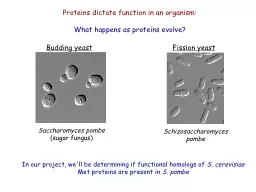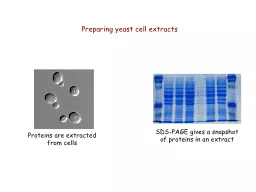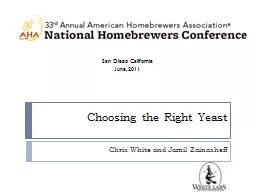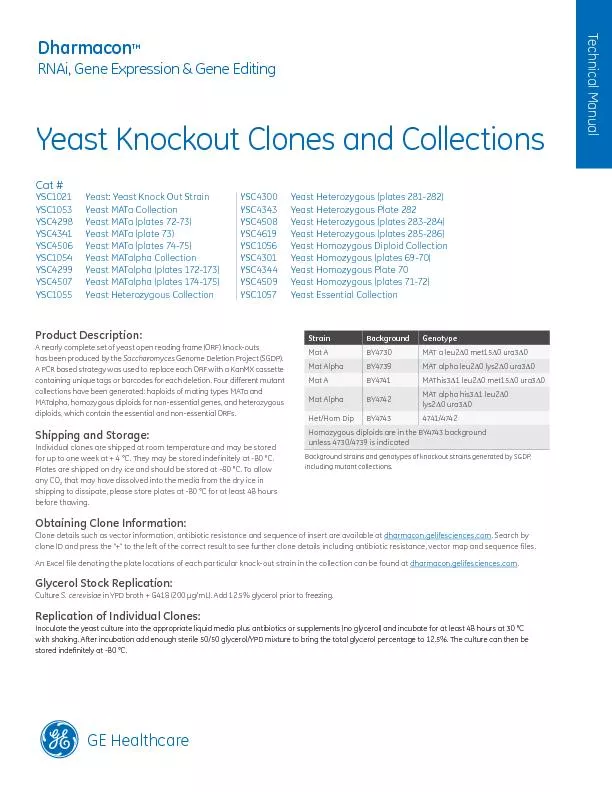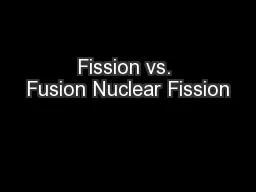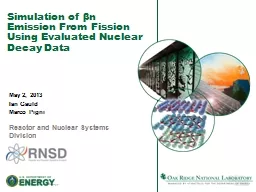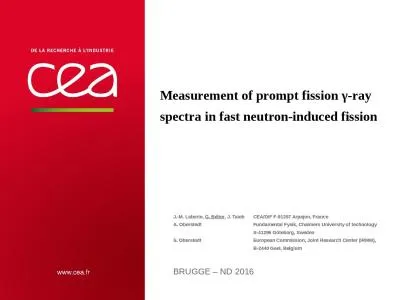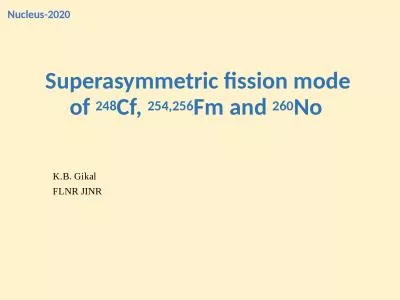PPT-Fission yeast Schizosaccharomyces
Author : ava | Published Date : 2022-05-17
pombe Budding yeast Saccharomyces pombe sugar fungus Proteins dictate function in an organism What happens as proteins evolve In our project well be determining
Presentation Embed Code
Download Presentation
Download Presentation The PPT/PDF document "Fission yeast Schizosaccharomyces" is the property of its rightful owner. Permission is granted to download and print the materials on this website for personal, non-commercial use only, and to display it on your personal computer provided you do not modify the materials and that you retain all copyright notices contained in the materials. By downloading content from our website, you accept the terms of this agreement.
Fission yeast Schizosaccharomyces: Transcript
Download Rules Of Document
"Fission yeast Schizosaccharomyces"The content belongs to its owner. You may download and print it for personal use, without modification, and keep all copyright notices. By downloading, you agree to these terms.
Related Documents

